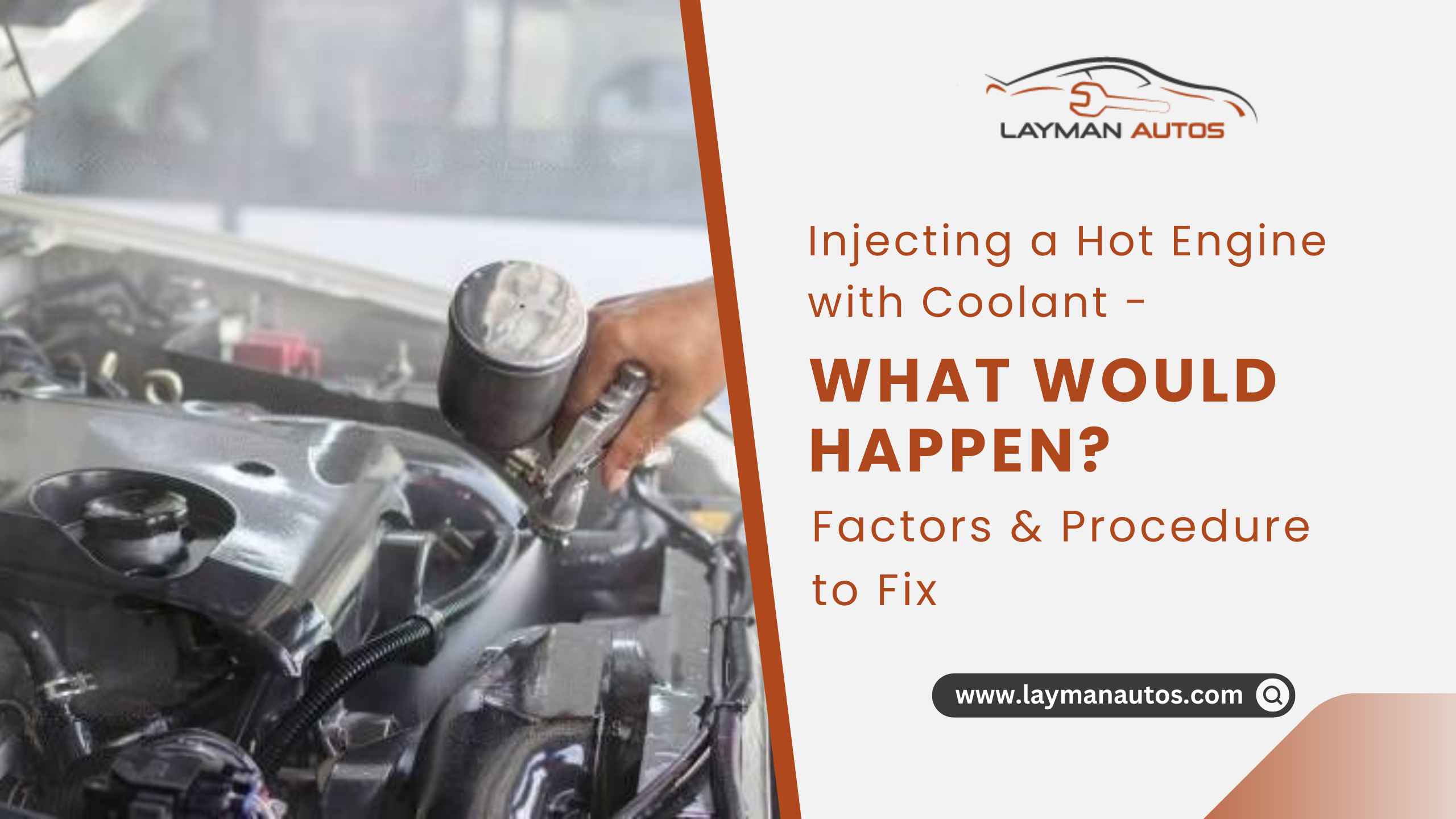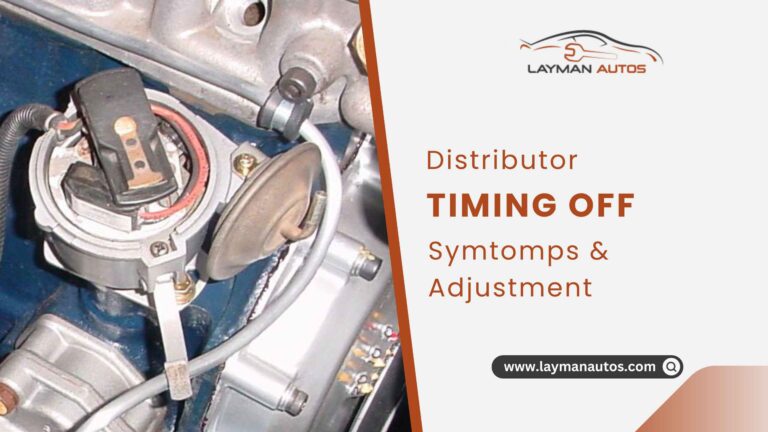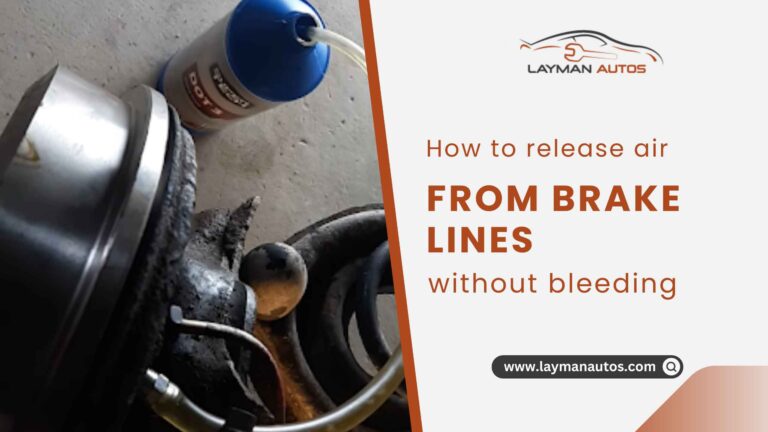Injecting a Hot Engine with Coolant – What Would Happen? Factors and Procedure to Fix
Car owners should be fully aware of the importance of coolant for their vehicles. This is a very crucial fluid for the engine of your car.
For engines not to overheat, fresh coolant must be added. Let’s say you run out of coolant or your engine overheats. So, How Long to Wait Before Adding Coolant to Hot Engine? There are a lot of factors to think about, like how hot your engine is, the outside temperature, how much coolant is in the engine, how well your engine compartment is insulated, and so on.
If you want to keep the engine running smoothly, you should wait 30 minutes for it to cool down. Read on for a more in-depth explanation of these factors and the next measures you should take.
What Factors Are Contributing to the Engine’s High Temperature?
A vehicle’s engine can overheat for many different reasons. Some problems may be fixed quickly, such as when you need to replace your antifreeze, but others require the attention of a professional if you want them to be fixed properly.

Common causes of vehicle overheating are listed below:
1. There Isn’t Enough of the Coolant or No Coolant
If you drive without enough coolant or antifreeze, you could break down the system that keeps the engine from overheating. If coolant levels are lower than the manufacturer’s suggestion, replace or top off the levels with a new coolant or antifreeze.
It is recommended to use a mixture of antifreeze/coolant and water at a 50/50 ratio while replenishing a depleted reservoir. The owner’s handbook will tell you where the coolant reservoir tank is situated and how to replenish it properly.
2. Issues With the Air Conditioning System
A leak in the coolant reservoir cap might drain all of the fluid and cause serious problems. If there are pools or stains on the floor, it’s likely that there is a coolant leak.
It’s important to know that coolant, depending on the brand, maybe green, blue, or orange in color and that it will have a distinct, pleasant odor.
3. Water Pump Failure
The water pump is responsible for pumping engine coolant around the engine block. Overheating can happen if the coolant is clogged or has debris in it, which keeps it from moving through the pump.
4. Disputes With the Radiator
Radiators and their fans assist in decreasing heat from the engine by reducing coolant temperatures. If there are problems with the fans, the radiator might not be able to get rid of heat as well, which could cause the temperature to rise in strange ways.
5. Oil too Low
Motor oil does more than just keep the moving elements of an engine cool; it also regulates the engine’s temperature as a whole. Engine temperatures might rise if not enough oil is in the system.
6. Malfunctioning Thermostat
The thermostat in a car is similar to the one in a house in that it controls the temperature of the engine. If the thermostat fails, the coolant won’t be able to flow as designed, which might damage the engine.
7. Problems With the Belts and Hoses

If the coolant hoses are leaking, clogged, or broken, or if the belts are worn or frayed, the flow of air and coolant to and from the engine and other systems could be slowed down. This could cause unexpected damage to the engine.
8. Plugging of the Heater core
It is possible for an engine to overheat due to a lack of coolant flow if the heat exchanger unit becomes clogged or obstructed.
Which Variables Impact the Duration of the Cooling Process?
There are a number of important elements that might cause the cooling time to deviate from its average findings. Your car’s engine may cool down rapidly or late due to these causes. There are several contributing elements, such as:
1. The Typical Outdoor Temperature
You can also refer to it as “where you are” or “room” temperature. Let’s say you’re stuck in the middle of the day during the height of the summer heat because your car’s engine has run out of coolant.
They should be added once it has cooled down. Believe that 30 or 40 minutes isn’t enough time for your engine to cool down. More time than that is needed to achieve room temperature, as is assumed. The final step is to include the cooling agents.
2. Heat Insulation System
During engine cooldown, this mechanism also plays a significant role. If your engine has a ceramic thermal barrier, it won’t be heated so rapidly. If your engine tends to overheat easily, the foam-reinforced heat shield is just what you need. Even if the machine runs out of coolant and you need to add more, the heat insulation mechanism of the foam shield will be able to release the heat rapidly.
So, you need to make sure that the engine of your car has a good heat insulation system.
3. Amount of Remaining Coolant
Typically, you should replenish the coolant tank when the coolants run out or there is only a little left and your vehicle is sufficiently heated.
It will take longer for the engine to cool down when the radiator tank is empty. If you wish to add extra coolant before the tank is completely dry, you should let the engine cool for around 30 to 40 minutes on average.
4. How Hot Is the Engine?
Bad conditions, rocky roads, a lack of coolant, gear issues, etc. can all contribute to an already hot engine. Intense engine heat might be caused by the current weather. However, if you use subpar coolants, your engine will become more agitated, and you will have to wait longer for it to cool down before you can add water or coolant.
Driving over uneven terrain puts more strain on your vehicle’s engine, causing it to heat up.
5. The Engine Head Components
Inferior materials, such as cast iron or low-quality aluminum, may heat up quickly and cause engine head damage. Cars can be bought at a discount, and sometimes the extras inside are less expensive than they would be otherwise. For no apparent reason, your engine may overheat and take hours to cool down. It’s mostly due to the inferior quality of cast iron.
Steel is an upgrade over cheap cast iron, but it can’t match the lightweight durability of aluminum. Steel blocks can’t radiate heat as quickly as these can.
What Can Be Done Quickly to Cool Down an Engine That Has Overheated?
There are several options for a rapidly cooling system down the overheated engine. These steps include:
- Keep an eye on the temperature gauge, not the one outdoors but the one next to the speedometer. If it reaches the “danger zone” of red, the air conditioner should be turned off immediately.
- If the temperature is still climbing, pull over to the side of the road.
- If the temperature is still rising, stop the car and pop the hood.
- Opening all of your car’s windows will keep it from getting too hot and let in more air.
- At this point, your only option is to let the engine cool down. If the engine is on, keep your hands away from it should you be burned.
If, after a minute of driving with the air conditioner off, you notice that your car isn’t cooling down, crank the heat all the way up. Even though it may appear counterintuitive, a car’s heater actually draws hot air from the engine and blows it into the passenger compartment.

You’ll be baking in the sun, but the hot air will be drawn away from the engine. Once the engine temperature has dropped, usually after 20–30 minutes, remove the radiator cap by hand.
Make sure the radiator has coolant by checking it. You should add coolant if you don’t already have some. Water can be used in place of coolant if you find yourself in such a bind. Get your automobile checked out at your earliest convenience.
Don’t drive your automobile if the engine is still overheating, even if you’ve added coolant to the radiator. Park it on the side of the road and get a tow.
How Long to Wait Before Adding Coolant to Hot Engine
There are a lot of variables that might affect the timeline. There are a lot of factors to think about, like how hot your engine is, the outside temperature, how much coolant is in the engine, how well your engine compartment is insulated, and so on. In most cases, though, an hour or two of cooling time is all that’s required.

When the engine has cooled to the point where the radiator cap can be safely opened, you can do so. Coolant checks need a minimum of three and a maximum of five hours of waiting time. It may seem like a long time, but remember that the engine still retains some heat when you switch it off, and that heat is transferred to the coolant.
Typically, it takes around 30 minutes for an automobile engine to reach normal room temperature. The radiator cap can be opened without risk. In contrast, if you’re not in a rush, experts advise letting your engine idle for at least a couple of hours, because oil sludge must cool down gradually.
Usually, the waiting time ends when the coolant or radiator tank stops getting warmer. After that, it takes time for it to become acclimated to room temperature. However, coolant can be added after the standard period has passed or once the radiator cap has cooled to room temperature.
Concluding Remarks
When dealing with a hot engine, it is crucial to exercise caution to avoid serious burns. Allow the engine to cool down before attempting to add cold coolant. Once the engine reaches a safe temperature, fill the radiator cap safely to replenish the coolant level. Do not add fresh coolant to a hot engine as it can result in serious burns. Instead, wait for the engine to cool down and then add the cold liquid to prevent any mishaps.
Additionally, it’s important to note that when the car starts overheating, it’s advisable to turn off the air conditioner and add more coolant if needed to absorb heat. Prioritize safety and handle a heated engine with care
Frequently Asked Questions
What happens if you add coolant to a hot engine?
The answer to this question depends on how hot the engine was. If the engine was running while being extremely hot due to a lack of coolant, the coolant would quickly absorb the excess heat. The engine would heat up to a working temperature over time. Adding water to a reservoir tank when the engine is hot wouldn’t have much of an effect.
Calculating the difference between the heat energy contained in the engine and that contained in the coolant would yield the temperature shift for the two components. As heat moved from the engine to the coolant, the temperature of the engine would go down, but the temperature of the coolant would go up.
What to do after adding coolant?
Before starting the engine after replacing the coolant, fill the radiator as much as possible, then fill the overflow bottle to let the coolant in. Let the engine warm up at idle; the radiator level should drop after the thermostat opens.
Should I add coolant with the engine running or not?
Ensure that the car is in the parking or neutral position and that the parking brake is engaged. Lift the car’s hood and find the radiator cap. It has a transparent white tint and a certain hose that leads to the radiator. The most important thing to keep in mind is to make sure that your car is not running when coolant is being added.






